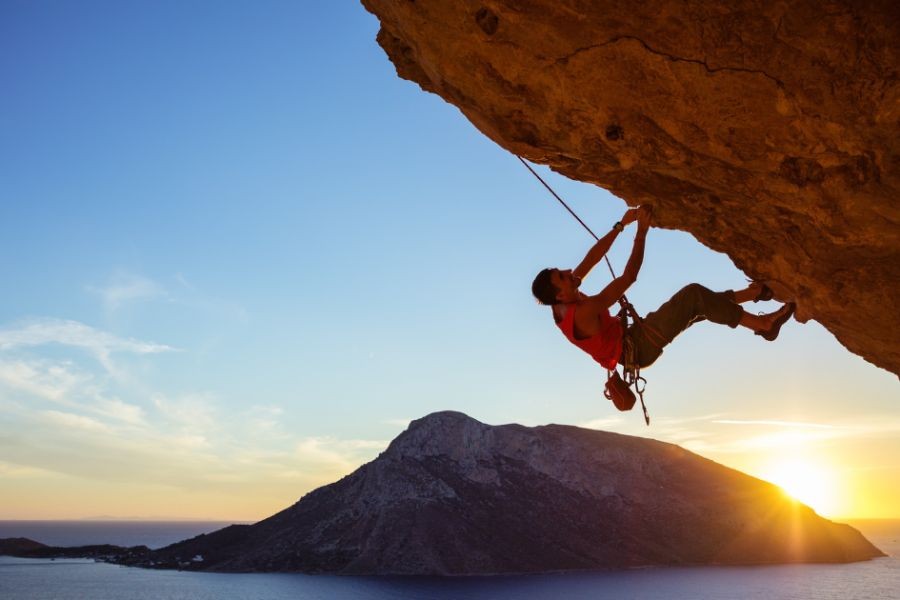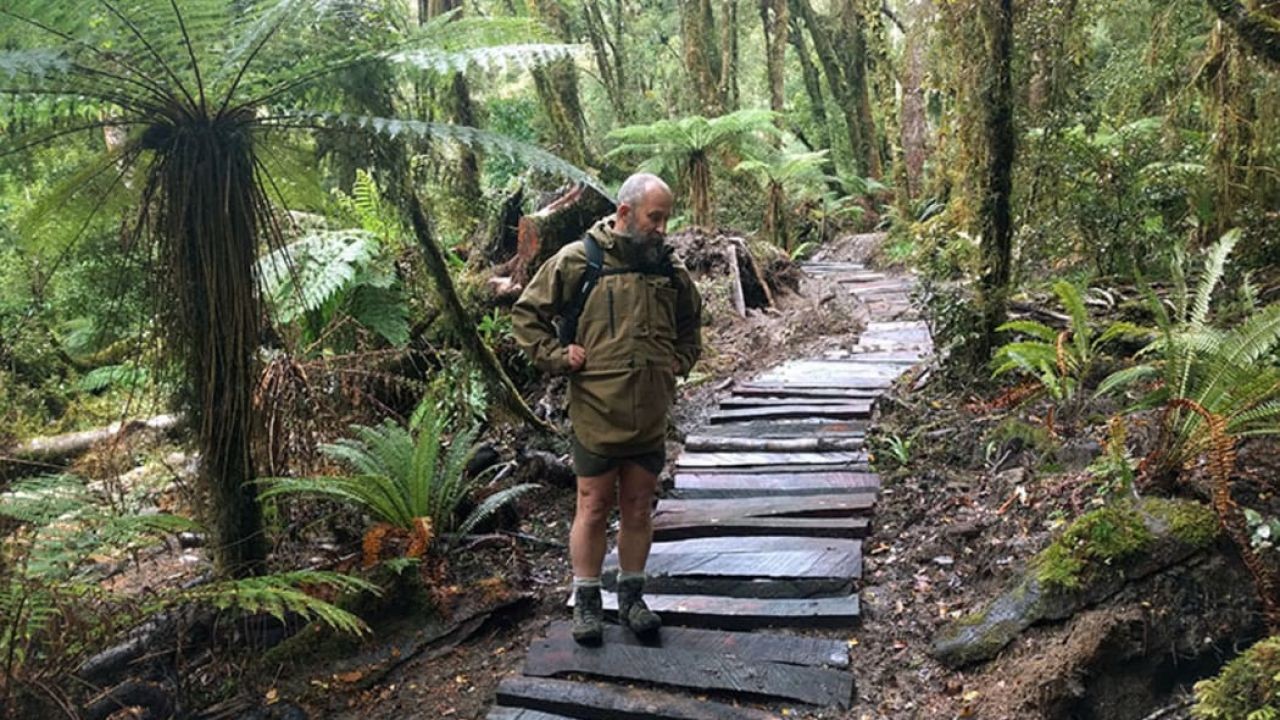Did you know that New Zealand's adventure tourism industry, a cornerstone of its economy, faced a 60% revenue drop during the pandemic? As the world gradually returns to normalcy, the adventure tourism sector in New Zealand is experiencing a significant transformation. Understanding these trends is crucial for tax specialists, as they impact fiscal policies, investment opportunities, and business strategies.
In 2020, New Zealand's tourism sector contributed 5.8% to its GDP, and adventure tourism played a pivotal role. However, post-pandemic, the landscape has shifted dramatically. This article examines the current trends in New Zealand's adventure tourism, providing insights for tax specialists to navigate this evolving industry effectively.
The Resurgence of Domestic Tourism
With international travel restrictions still in flux, domestic tourism has become the lifeline for New Zealand's adventure tourism sector. According to Stats NZ, domestic tourism spending increased by 12% in 2023 compared to pre-pandemic levels. This trend signifies a shift in consumer behavior, with locals increasingly exploring their backyard.
Case Study: Queenstown's Comeback
Problem: Queenstown, known for its adventure activities, faced a severe downturn due to international travel restrictions, with a 70% decline in tourist visits.
Action: The local tourism board launched the "Explore Your Backyard" campaign, incentivizing Kiwis to visit Queenstown's adventure hotspots.
Result: The initiative led to a 45% increase in domestic visitors within six months, revitalizing local businesses and creating new job opportunities.
Takeaway: Domestic tourism can serve as a buffer against global uncertainties. Tax specialists should consider the implications of such local-focused campaigns on tax revenues and economic recovery.
Technological Innovations in adventure tourism
The pandemic accelerated the adoption of technology in adventure tourism. From virtual reality experiences to AI-powered booking systems, technology is reshaping how consumers engage with adventure activities. According to the Ministry of Business, Innovation and Employment (MBIE), 70% of adventure tourism businesses have integrated digital solutions to enhance customer experiences.
Industry Insight: Adventure Tech
Recent advancements in AI and VR are not just enhancing customer experiences but also providing businesses with data-driven insights. For example, real-time analytics allow operators to optimize pricing strategies and resource allocation, leading to increased profitability. Tax specialists should be aware of these tech-driven efficiencies as they impact business valuations and tax liabilities.
Environmental Sustainability Takes Center Stage
New Zealand's pristine environment is a major draw for adventure tourists. However, sustainability concerns are increasingly influencing consumer choices. The Reserve Bank of New Zealand has highlighted that businesses adopting sustainable practices are witnessing higher customer retention rates.
Case Study: Eco-Adventure Pioneers
Problem: A leading adventure tourism operator faced declining interest due to environmental concerns.
Action: They implemented eco-friendly practices, such as carbon-neutral operations and conservation projects.
Result: Customer bookings increased by 30%, and the company received international recognition for its sustainable efforts.
Takeaway: Sustainability is not just a trend but a necessity. Tax specialists should consider the tax incentives and policy frameworks that support sustainable business practices.
Pros and Cons of Current Trends
Pros:
- Increased Domestic Spending: Boosts local economies and creates jobs.
- Tech Integration: Enhances customer experiences and operational efficiency.
- Sustainability Practices: Improves brand reputation and customer loyalty.
Cons:
- Dependence on Domestic Market: Limits revenue potential compared to pre-pandemic levels.
- High Initial Investment in Tech: Requires significant capital and expertise.
- Regulatory Challenges: Compliance with sustainability standards can be complex.
Debunking Common Myths
Myth: "adventure tourism will never recover to its pre-pandemic levels."
Reality: Domestic tourism and tech innovations have set the stage for a robust recovery, with many operators reporting revenue levels approaching pre-pandemic figures.
Myth: "Sustainability is just a marketing gimmick."
Reality: Sustainable practices are becoming industry standards, with real economic benefits and consumer demand driving the change.
Future Trends and Predictions
By 2026, the adventure tourism industry in New Zealand is expected to grow by 25%, driven by technological advancements and sustainable practices. The MBIE predicts that digital experiences will account for 40% of the total revenue in the sector, highlighting the importance of tech integration.
Conclusion
New Zealand's adventure tourism industry is undergoing a transformative phase, with domestic tourism, technology, and sustainability at its core. For tax specialists, understanding these trends is vital for advising clients on investment opportunities and navigating the evolving fiscal landscape. The future holds promising growth, and those who adapt will thrive in this dynamic environment.
People Also Ask
- How does adventure tourism impact New Zealand's economy?adventure tourism significantly contributes to the GDP, creating jobs and boosting local economies, especially in regions like Queenstown.
- What are the biggest misconceptions about adventure tourism post-pandemic?One common myth is that the industry won't recover. However, domestic tourism and tech innovations indicate a promising rebound.
- What strategies can adventure tourism businesses adopt for success?Integrating technology, focusing on sustainability, and targeting domestic tourists are key strategies for success.
Related Search Queries
- adventure tourism trends in New Zealand 2023
- Impact of technology on adventure tourism
- New Zealand tourism recovery post-COVID
- Sustainability in New Zealand tourism
- Domestic tourism trends in New Zealand






























